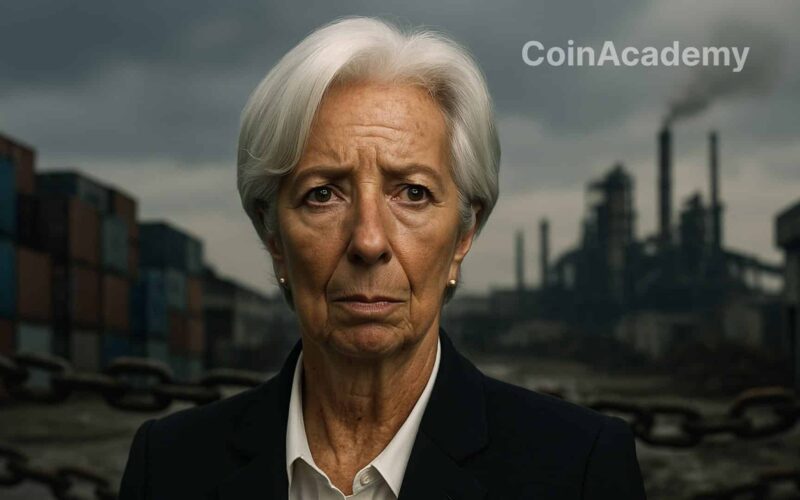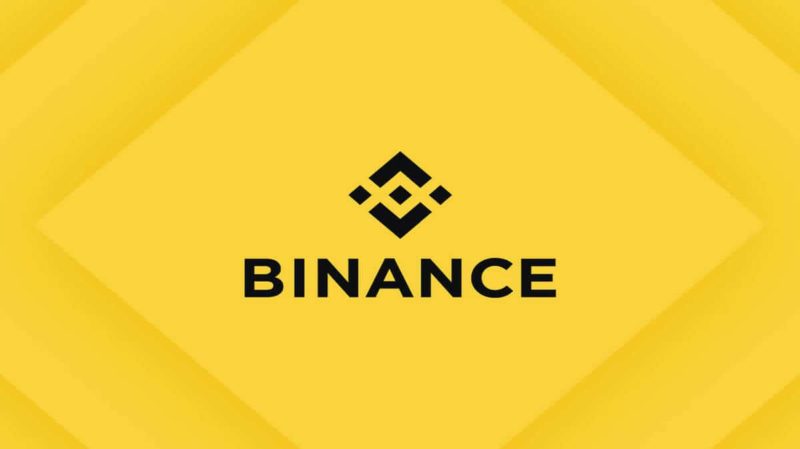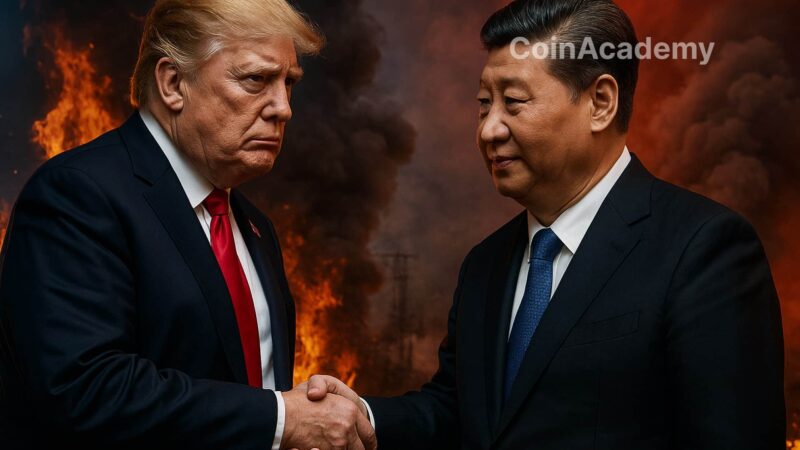The Struggles of European Growth in a Changing Global Trade Landscape
The European economy is facing challenges as its model remains dependent on a shifting global trade system, with stagnant exports and the German industry falling back to 2005 levels, according to reports.
Despite this, internal demand is holding up better than expected due to stable interest rates at 2%, with an increasing GDP and a notable French performance in the third quarter of 2025.
Internal market hurdles in Europe, equivalent to 100% tariffs on services and 65% on goods, are hindering innovation and exacerbating years of inaction, as highlighted by Christine Lagarde.
The Sluggish European Industry
Countries with a strong industrial base are feeling the impact more severely, with Germany, a long-time manufacturing stronghold in Europe, reverting to production levels close to 2005. Sectors such as automotive, engineering, and mechanics are faltering, indicating a deep, structural crisis.
In a more tempered assessment, Joachim Nagel from the Bundesbank suggested that the European standard of living hasn’t dropped as much as perceived, hinting that Europe has room for improvement but is not out of the game yet.
Resilient Signals from the Domestic Economy
Nevertheless, the eurozone displays latent strengths that the ECB aims to fully leverage. The 2025 growth surprises on the upside, with GDP growing twice as fast as expected in the third quarter. France even achieves its best performance since 2023. After eight successive cuts, interest rates are stabilized at 2%, creating a lighter monetary environment that supports domestic demand better amidst global turbulence.
Internal Barriers Suffocating Growth
Lagarde focuses on a widely underestimated issue: the European internal market still operates as a patchwork of national micro-regulations. These obstacles, according to an upcoming ECB analysis, equate to a 100% tariff on services and 65% on goods. As the EU aims to compete with American and Asian blocs, these internal blockages impede innovation, competition, and upgrading. An immobile Europe is a Europe left behind.
Christine Lagarde Stresses the Urgency to Act
For the ECB President, the past decade represents a strategic wastage. Administrative hurdles, never-ending compromises, and political reluctance have left the continent in a gray area: no spectacular crisis, but a slow erosion. Every global shock – commercial, technological, geopolitical – nudges Europe a step lower. Individually, these setbacks may appear minor, but collectively, they weigh heavily on productivity, investment, and industrial ambition.
Six Years Lost, Six Years to Catch Up
Lagarde warns that repeating this cycle of inaction would be more than a mistake – it would be a political fault. Europe must strengthen its internal market, capitalize on the positive signals from its domestic economy, and modernize a vulnerable model. In a reshaping world, the Union no longer has the luxury of waiting.




